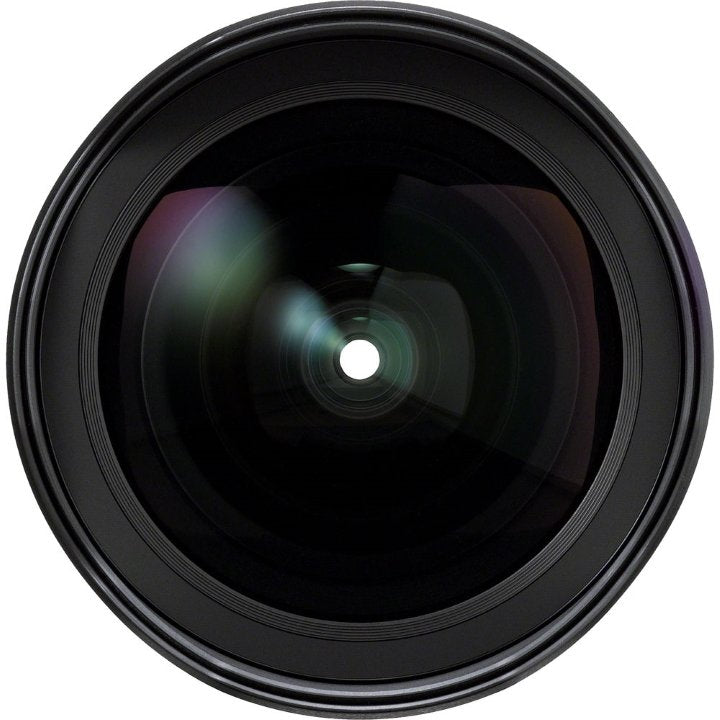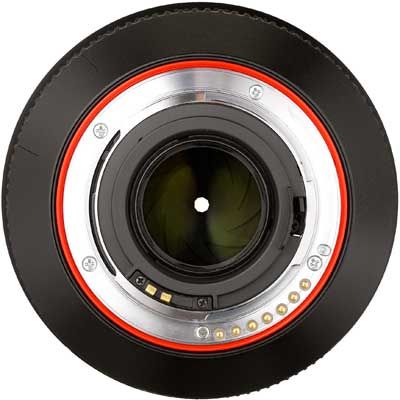Product Description
Pentax 15-30mm F/2.8 D HD FA ED SDM WR Lens – Ultra-Wide Excellence
Fast, Weather-Sealed Ultra-Wide Zoom for Pentax Full-Frame DSLRs
The Pentax 15-30mm F/2.8 D HD FA ED SDM WR is a high-performance ultra-wide-angle zoom lens, designed for Pentax K-mount full-frame DSLRs. With a constant F/2.8 aperture and advanced optical design, this lens delivers sharp, high-contrast images with exaggerated perspective and stunning depth—perfect for landscapes, astrophotography, architecture, and interiors.

Featuring three Extra-Low Dispersion (ED) and three aspherical elements, along with HD multi-layer coating, this lens minimises chromatic aberration, distortion, and flare, ensuring superior image quality across the frame. The Supersonic Direct-Drive Motor (SDM) autofocus system provides fast, quiet focusing, while the weather-resistant (WR) construction offers reliable durability for outdoor shooting.
Key Features & Benefits
Ultra-Wide 15-30mm Zoom for Expansive Perspectives
- Covers 15-30mm on full-frame, offering dynamic ultra-wide compositions.
- Versatile focal range, perfect for landscapes, architecture, interiors, and astrophotography.
Bright F/2.8 Constant Aperture for Low-Light Performance
- Wide F/2.8 aperture across the zoom range provides excellent light-gathering ability.
- Ideal for nightscapes, star photography, and handheld low-light shooting.

Advanced Optical Design for High-Resolution Images
- Three ED (Extra-Low Dispersion) and three aspherical elements minimise chromatic aberrations, distortion, and coma.
- Delivers edge-to-edge sharpness with rich contrast and colour accuracy.
High-Speed Autofocus with SDM Motor
- Supersonic Direct-Drive Motor (SDM) ensures fast, smooth, and near-silent autofocus.
- Perfect for quick subject tracking in dynamic shooting conditions.

Weather-Sealed (WR) Construction for Outdoor Reliability
- Special seals throughout the lens body protect against moisture, dust, and environmental elements.
- Pairs with Pentax weather-resistant camera bodies for a durable, all-weather shooting setup.
HD Multi-Layer Coating for Enhanced Contrast
- Pentax HD (High Definition) Coating reduces flare and ghosting, ensuring clear, high-contrast images even in strong backlighting.
Nine-Blade Rounded Diaphragm for Beautiful Bokeh
- Produces smooth, natural bokeh, even at wide apertures.
- Creates a pleasing depth of field effect for artistic compositions.

Why Choose the Pentax 15-30mm F/2.8?
- Fast F/2.8 aperture for low-light and astrophotography.
- Ultra-wide 15-30mm zoom for dramatic perspectives.
- Advanced optical design with ED and aspherical elements.
- Fast, silent SDM autofocus for precise focusing.
- Weather-resistant build for reliable outdoor performance.
- HD Coating for superior contrast and reduced flare.

Capture Expansive Views with the Pentax 15-30mm F/2.8 WR
For photographers who need a professional-grade ultra-wide zoom, the Pentax 15-30mm F/2.8 HD FA ED SDM WR delivers exceptional image quality, fast autofocus, and rugged durability. Whether capturing landscapes, starry skies, or architectural masterpieces, this lens offers stunning clarity, low-light capability, and creative versatility.
Payment & Security
Your payment information is processed securely. We do not store credit card details nor have access to your credit card information.





















